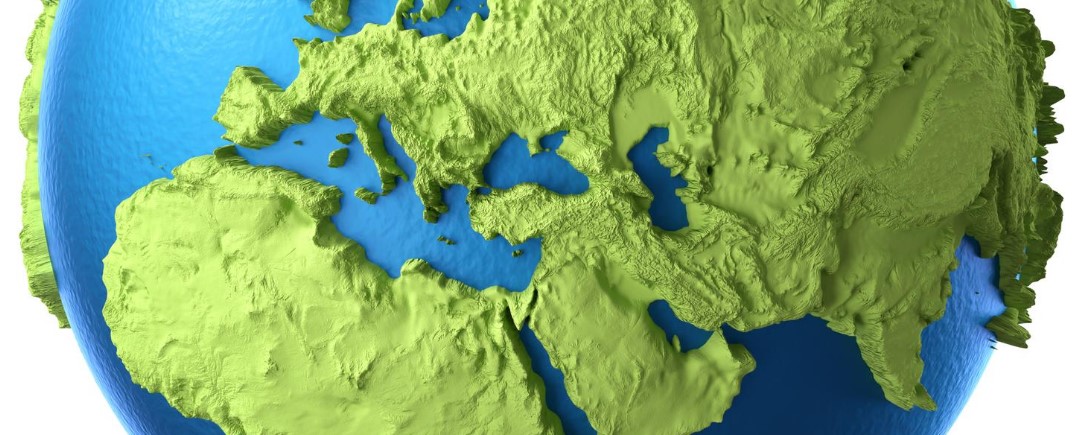
For hundreds of years, and up through today, a person’s rights and privileges depended on how much they resembled most of the people currently living in Europe or most of the people currently living in Africa. This is because European countries used their advanced technology to conquer and colonize the world, with the greatest oppression being inflicted upon people living in Africa. To justify their actions as “fair”, the European intellectuals developed theories that people from Europe were “superior” to other people, and especially to people from Africa.
As these theories filtered down to the masses, “European” was slanged to “white” and “African” was slanged to “black.” It was important to label people as white or black so that society would know who was free and who was slave, who got privileges and who got shafted, and even who could marry whom. If society was not racist, i.e., if there was no reason to treat people differently based on their skin tone, then there would be no labels for race. This is why we say “race is fiction, racism is real.”